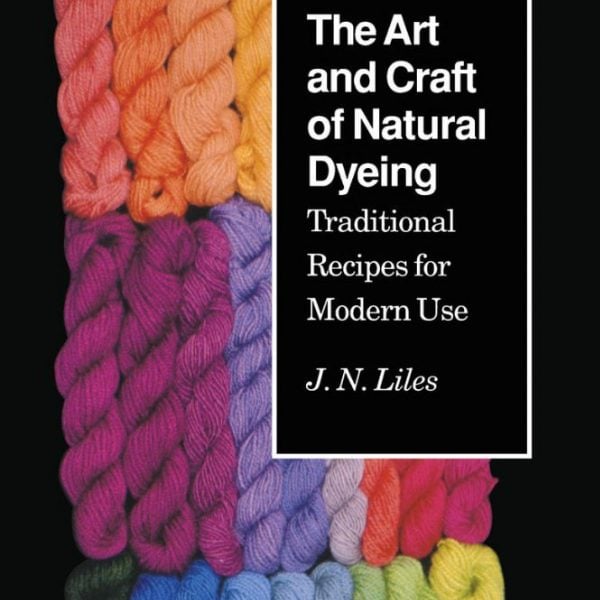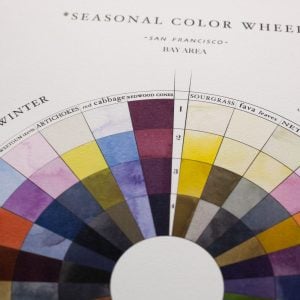The Art and Craft of Natural Dyeing by J.N. Liles
$26.95
Out of stock
Want to be notified when this product is back in stock?
Description
From the Publisher:
For several thousand years, all dyes were of animal, vegetable, or mineral origin. And many ancient civilizations possessed excellent dye technologies. The first synthetic dye was produced in 1856. And the use of traditional dyes declined rapidly thereafter. By 1915 industry or craftspeople used few non-synthetics. The craft revivals of the 1920s explored traditional methods of natural dyeing to some extent, particularly with wool. Though the great eighteenth- and nineteenth-century dye manuals, which recorded the older processes, remained largely forgotten.
In The Art and Craft of Natural Dyeing, J. N. Liles consolidates the lore of the older dyers with his own first-hand experience. He produces both a history of natural dyes and a practical manual for using pre–synthetic era processes on all the natural fibers–cotton, linen, silk, and wool. A general section on dyeing and mordanting and a glossary introduce the beginner to dye technology. In subsequent chapters, Liles summarizes the traditional dye methods available for each major color group. Scores of recipes provide detailed instructions on how to collect ingredients–flowers, weeds, insects, wood, minerals–prepare the dye vat, troubleshoot, and achieve specific shades.
The book will appeal not only to beginning and veteran dyers but to students of restorations and reconstruction. In addition it will appeal to craftspeople–spinners, quilters, weavers, knitters, and other textile artists–interested in natural dyes for their beauty and historical authenticity.
Kathy says:
Jim Liles was a legendary natural dyer and zoology professor from Knoxville, Tennessee. He was one of the first to glean information from ancient dye texts and “interpret” for the home dyer in The Art and Craft of Natural Dyeing, and was the natural dye book that I cut my teeth on. Definitely from another generation – this book has few photos or illustrations, so you really have to concentrate on the writing, which is just geeky enough to intrigue, but also straightforward. This book was the one that I read and re-read, marked up, flagged and tried out.
A note: Jim was trained as a scientist, so the safety precautions are a bit cursory, as he knew how to handle strong chemicals with the proper protective equipment, tools and ventilation and disposal. My advice is to always research the chemistry that he discusses so you are aware of safety and disposal requirements.
“This is the most comprehensive manual written on natural dyes since the early 1800s. Jim Liles has rescued ancient skills from near-extinction and shared them in a book that will inspire, challenge, and guide the modern dyer.”
—Rita Buchanan, author of A Weaver’s Garden, and editor of the new Brooklyn Botanic Gardens Handbook on Natural Dyes
” . . . a must for every dyer. The recipes are explicit and detailed as to success and failure.”
—Mary Frances Davidson
About the Author:
J. N. Liles is professor of zoology at the University of Tennessee, Knoxville. He has taught at Arrowmont School and other regional craft schools. He has exhibited his work at the Arrowmont School, the Southern Highland Handicraft Guild Folk Art Center, and the Carol Reece Museum.
Additional information
| Weight | 500 g |
|---|
Only logged in customers who have purchased this product may leave a review.
You may also like…
-
Salvation Through Soy
$46.00 Add to cart -
Wild Textiles By Alice Fox
$34.99 Add to cart -
The Seasonal Color Wheel by Sasha Duerr
$46.00 Select options This product has multiple variants. The options may be chosen on the product page







Reviews
There are no reviews yet.